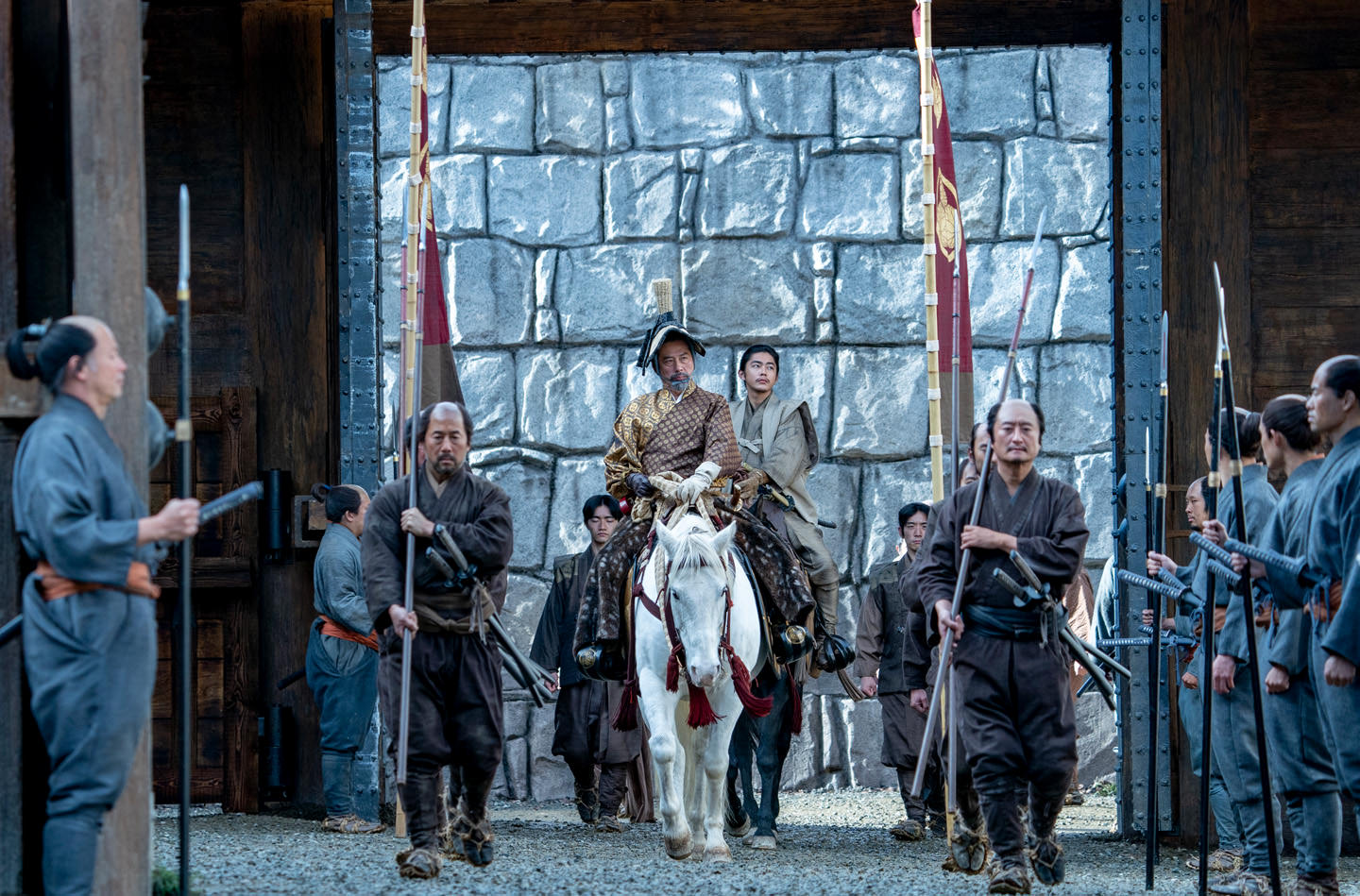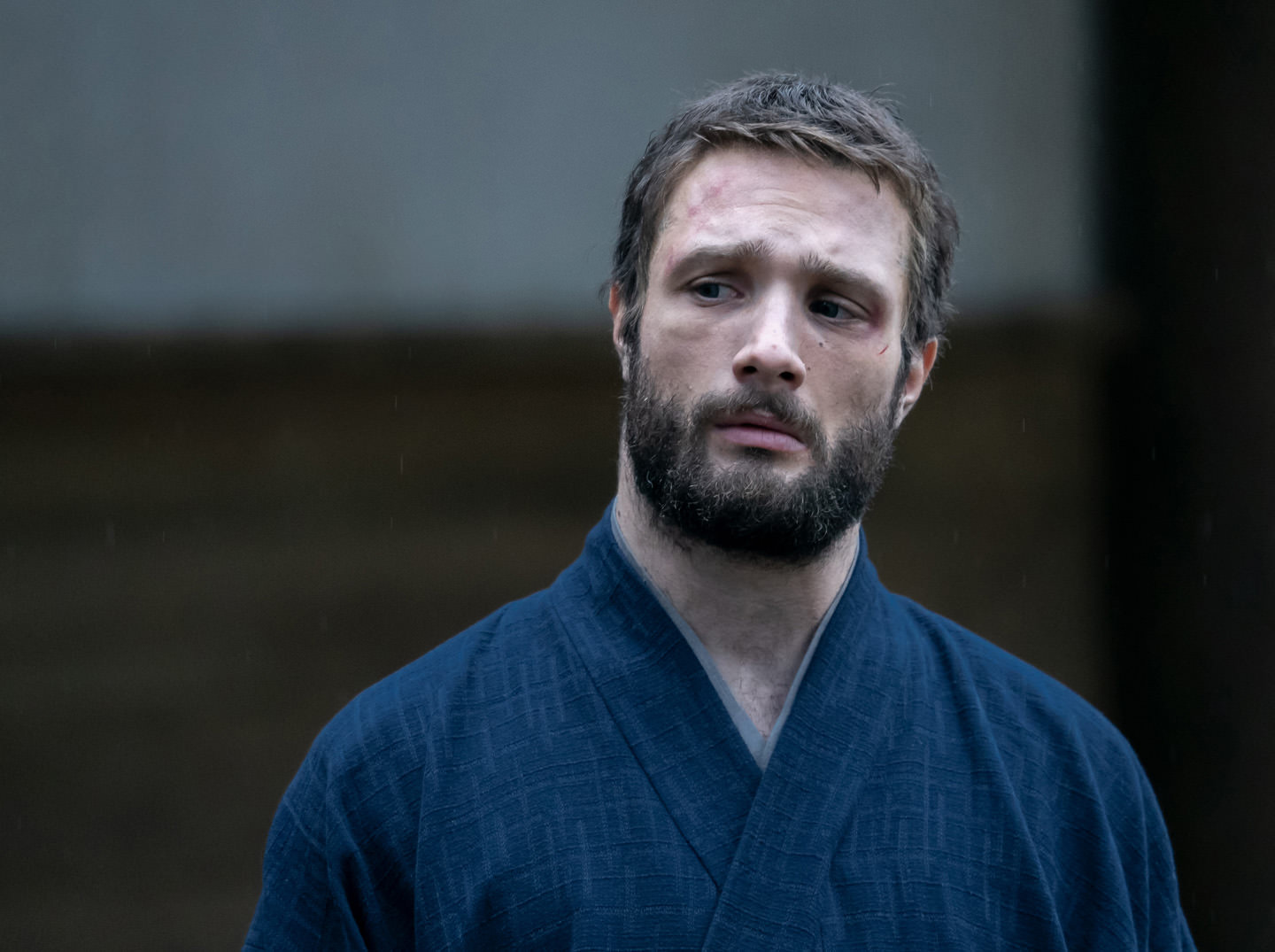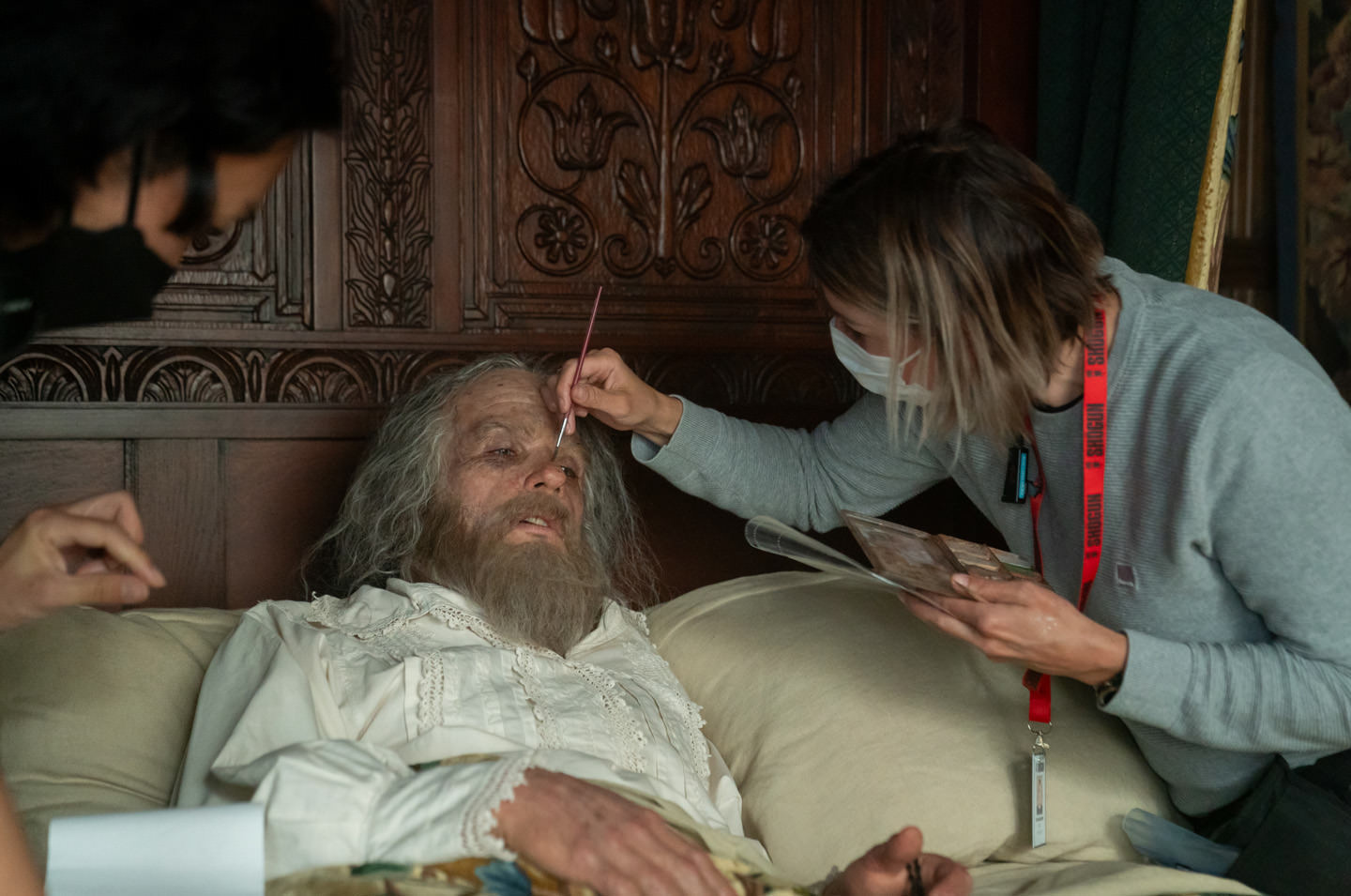September 15 was a good night for the Vancouver television industry: Shōgun, the historical drama set in Japan and shot largely in Port Moody, won an impressive 18 Emmys, including big-ticket awards for acting, directing, and cinematography, as well as the coveted award for Outstanding Drama Series. Suzie Klimack shared the award for Outstanding Prosthetic Makeup with Toby Lindala and Bree-Anna Lehto, and their colleagues also won in the nonprosthetic makeup category.
“I still think it was a dream, you know? I don’t think it’ll ever sink in,” Klimack says when we meet at her Gastown hair salon, Casa Hair. “Even when I look at the Emmy, I’m like, ‘This isn’t real. I’m going to have to give this back, right?’”
Set at the end of the Sengoku period, around 1600, Shōgun charts the relationship between an Englishman captured in Japan and a daimyo (feudal lord) who works with the newcomer in an effort to defeat his political rivals during a tumultuous period of change. Rich with diverse characters—samurai, courtesans, missionaries, peasants—Shōgun relies on period-specific costuming, set design, and makeup to create a historically accurate but still naturalistic milieu.
Prosthetic makeup may be something we associate more with science fiction or horror, but, Klimack points out, it can be surprisingly invisible work. Or rather, it’s meant to go unnoticed: the work is covert, hiding in plain sight.
As we talk, Klimack, a Vancouver Film School alum, colours and rinses hair extensions at the salon she co-owns. She is wearing a crew hoodie from the Showtime survival drama Yellowjackets—she just wrapped production on Season 3 here in town.
For Shōgun, Klimack and her team referred to 17th-century archival photos of people with leprosy to create elaborate prosthetics for the character Ohno, a member of the Council of Regents, whose face is heavily scarred and disfigured from the disease. Experts were brought in to consult on everything from historical diseases to the expected progression of wounds. If the makeup team applies artificial blood and open flesh to a fresh wound one day, how would the genuine article look on day two or weeks later? How would the tissue rebuild itself? What would the scar look like?
Another important part of the job involved applying artificial nakazori on a huge number of actors. Nakazori was the shaved part of a samurai’s head, just in front of a topknot. “They were custom silicone caps,” Klimack explains, sculpted to fit the actors’ heads. “We couldn’t make them look too pristine because it was back in the 1600s,” she says. She and her team also had to apply an artificial five o’clock shadow, or stubble, to indicate hair growing back in.

Hiroyuki Sanada as Yoshii Toranaga, pictured with samurai whose realistic nakazori (shaved heads) were achieved with the use of custom silicone caps.
Each day on set started the same way. Klimack and the other artists arrived as early as 4 a.m. They were the first to work on the actors, applying their nakazori. She had about 45 minutes with each actor. “You need to do it as perfect as possible and as fast as possible,” she says. The prosthetics are just the first stage in an assembly-line process. That means that any problem needs immediate troubleshooting. Actors have to move on to nonprosthetic makeup, hair, and wardrobe, and you can’t apply makeup or wigs over prosthetics that aren’t precisely applied. You can’t go back and fix things. And if prosthetic makeup artists go over their allotted time, everyone else falls behind schedule.
I tell her I’d assumed that the samurai actors had genuinely shaved heads and that the five o’clock shadows she described looked entirely real to me. “That’s like the biggest compliment,” she says, her face lighting up. She notes later that she thought the naturalism of the show’s prosthetics would cost the team their Emmy. “I think a lot of the time, when people think of makeup effects artists, they think, ‘Oh, you just do zombies, and you just do blood,’ and it’s like, actually, no, we do a lot of realistic things.” That includes nose or breast augmentations, longer earlobes, aging, or de-aging. “There’s so many realistic things that people don’t take into account,” she adds.

Cosmo Jarvis as English pilot John Blackthorne.

Jarvis and Anna Sawai as Toda Mariko, his translator.
Achieving that level of realism takes an incredible amount of work, of course. Klimack lists the many things that can go wrong and the many tiny details that need to be considered at every step. Shooting in B.C. generally means rain, which poses a risk to adhesives and colouring agents. That means making minor adjustments throughout a shoot. On the other hand, if it’s too sunny, regular sunscreen application is a must, or you risk odd tan lines forming around prosthetics, or mismatches in skin pigmentation. And, of course, the more artificial material a person has to wear, the more likely they are to sweat underneath it.
Takeshi Kurokawa, the actor who played Ohno, wore a great deal of silicone prosthetics—according to Klimack, likely more than anyone else on the show. She had to be aware of the potential for overheating, both for Kurokawa’s comfort and the makeup itself. “I think sweat is the biggest thing we deal with when it comes to prosthetics,” she adds. “Silicone and foam prosthetics don’t breathe.”

Shōgun prosthetic makeup team applying realistic aging makeup on Jarvis.
Of course, no amount of preparation is ever enough, and makeup artists have to be ready to step in when things inevitably go wrong, whether it’s normal wear and tear, accidents, natural elements, or just plain bad luck. Klimack recalls one especially difficult day shooting at Lighthouse Park in West Vancouver, struggling to keep everyone’s prosthetics camera-ready: “We were in between two big rocks right down into the bay. They were way in the water. The whole crew was down in this gully, and the waves were splashing up, and it was torrential downpour, and you’re trying to balance on this slippery rock, trying not to fall off.”
For all its challenges, Klimack is deeply grateful for the work—something she has dreamed of since childhood—and relieved that, after fallow periods brought on by COVID-19 and then two strikes, first by writers and then actors, the television industry is starting to bounce back in B.C.
The Edmonton native laughs as she recounts her obsession with horror movies that kicked in early. Around age seven, she says, she would “go to the video store, and my mom would have to stay at home by the phone because she’d know that the people at the video store would be like, ‘Your daughter wants to rent Hellraiser!”
Read more from our Winter 2024 issue.









